Download Complete Data Structure Notes From Basic to Advance .What is Data Structure ? Data can be arranging in many ways, logical and mathematical arrangement of a data is called data structure.
Example
- Array
- Link list
- Stack
- Queue
- Tree
- Graph and many more
What is Algorithm?
Sequence of steps performed on the data using efficient data structure to solve a given problem.
Example:
- Sorting an array.
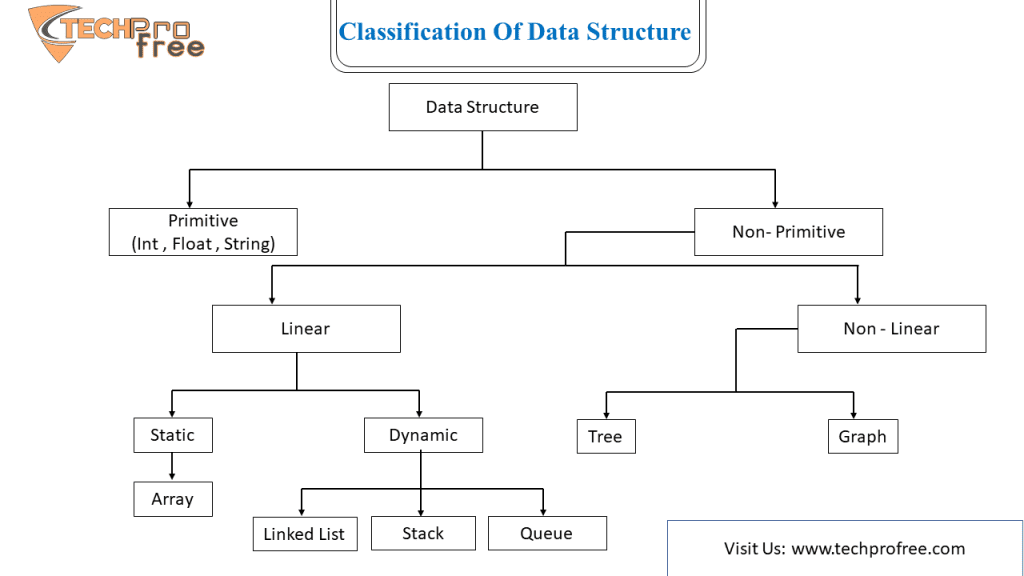
Type of Data Structure
- Primitive and Non-Primitive Data Structure
- Static and Dynamic Data Structure
- Persistent and Ephemeral Data Structure
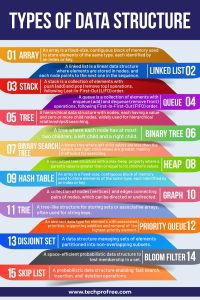
Non-Primitive further divided into two types:
- Linear Data Structure
- Non Linear Data Structure
Persistent Further divided into three types:
- Partially Persistent
- Fully Persistent
- Confluently Persistent
Data Structure Operations
The Following four operation playing a major role:
Traversing:
Accessing each records exactly once so that certain items in the records may be processed.
Searching
Finding the location of the record with a given key value.
Inserting:
Adding a new record to a structure.
Deleting
Removing a record to a structure.
Merging:
Combining the record in two different sorted file into a single sorted file.
Sorting:
Arranging the record in some logical order
Searching Algorithm:
A search algorithm is a step by step procedure using to locate specific data among collection of data.
Types of search algorithms with the complexity
Linear Search:
A linea search or sequential search is a method for finding an element within a list.
It is sequentially each element of the list until a match id found or the whole list has been searched.
C(n)=n/2 Complexity of linear search
Binary Search:
In binary search approach the element is always searched in the middle of the portion of an array. Binary search can be implemented only on a stored list items.
If the elements are not stored already we need to store them first.
C(n)=log2n Complexity of binary search
Arrays:
Arrays is the type of liner data structure. OR
Array is a collection of more than one data but all the data items are same data types, Stord that data in a computer in a continuous memory location.
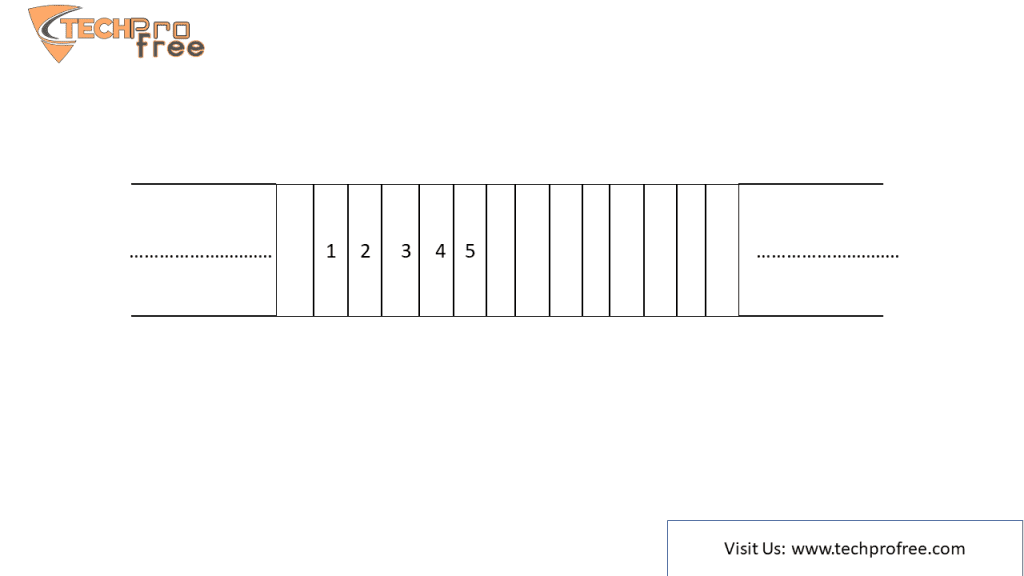
Memory:
Memory is a log tap of Bytes.
Type of Arrays
One Dimensional Array:
The array with only subscripts that array is called as One Dimensional Array.
Example:
Int a[5] ; Subscript
Two Dimensional Array:
The array with two subscript that array is called as Two Dimensional Array.
Example:
Int a[5] [5]; Subscript
Multi-Dimensional Array:
The array with more than two subscript that array is called as Multi-Dimensional Array.
Link list:
Link list is a linear data structure. It is also a collection of more than one data items of a dissimilar data type like array but it can note store it in continuous memory location. It can be stored randomly in main memory.
So that link list contains two part one for data and second part for the addresses of the next data element.

Types of Linked List

Stacks:
A stack is a list of elements in which an element may be interested or deleted only at one end called the top of the stack.

Push Insert element into stack
Delete elements into stack Pop
Queue:
A queue is a linear list of elements in which deletions can take place only at one end called front and insertion can place only at the other end called the rear.
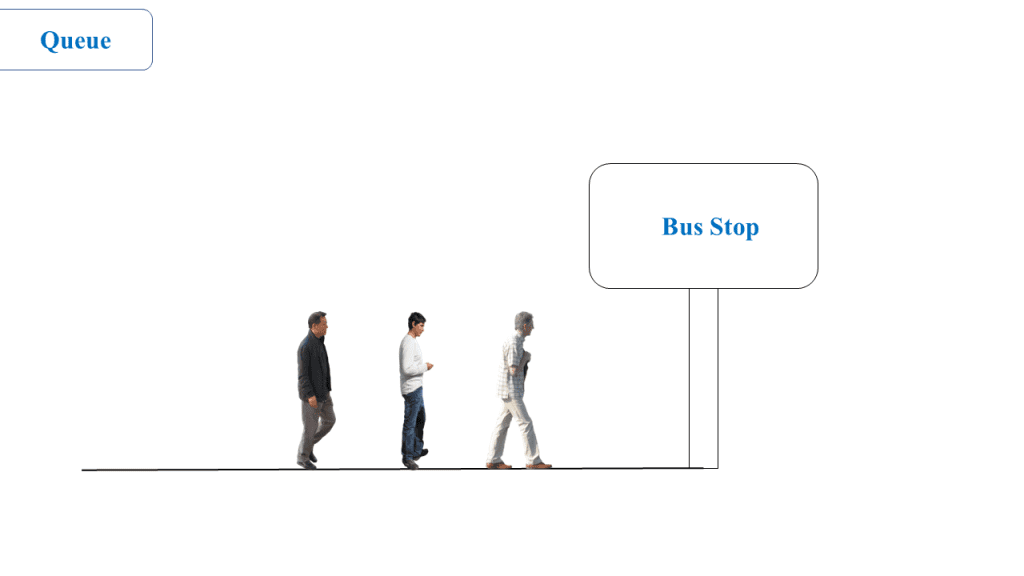
Trees
Trees are non-linear data structure where data are stored or data containing a hierarchical relationship between elements.
A binary tree + is defined as finite set of elements.
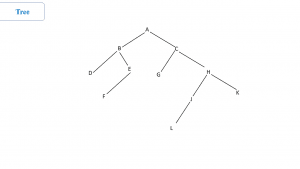
|
Preorder |
Inorder |
Posrorder |
|
Ø Process the root R Ø Traverse the left tree of R in Preorder. Ø Traverse the right subtree in Preorder |
Ø Traverse left subtree Ø Process the root R Ø Traverse right subtree |
Ø Traverse left subtree Ø Traverse right subtree Ø Process the root R |
Graph:
Graph is a collection of two set V and E where,
V vertices
E edges
Graph is a mathematical structure that represent pair wise relationship between objects where nodes are connected with edges.
Vertex:
Vertex is nothing but data element which is also known as nodes
Edge:
Edge is connection link between two vertices.
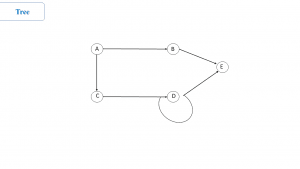
Representation of Graph:
- Adjacency Matrix
- Adjacency List
Download Full Data Structure Handwriting Notes Free

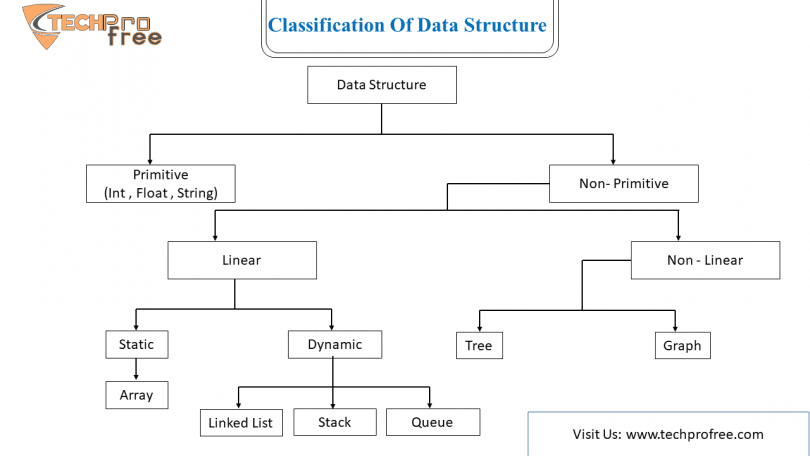


Leave a Comment